Nepathya delights Columbus with enthusiastic performance
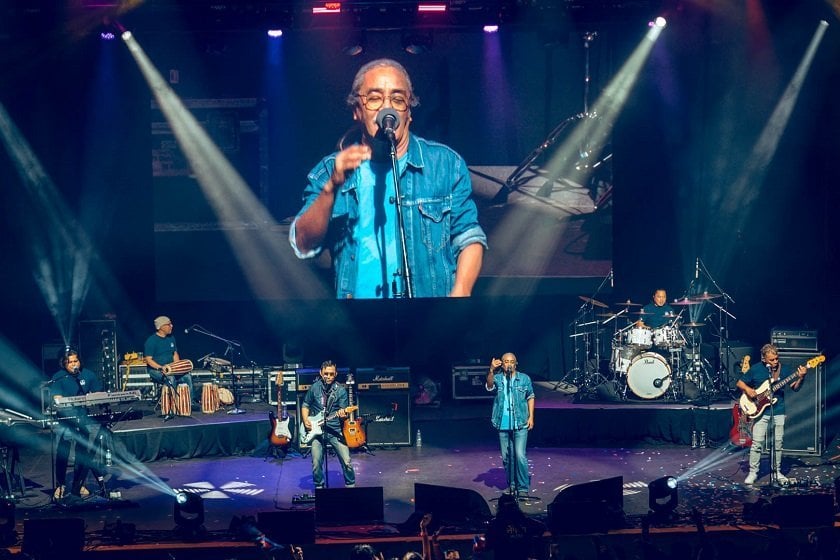
Columbus (USA), August 19 - Nandu Khatiwada, who has little in common with Gopal Prasad Rimal's patriotic song "Rato ra Chandra Surya," fled Bhutan at the age of one and a half with his parents and resettled in Nepal. At 19, he moved to America through a refugee resettlement program. Now 31, Khatiwada's deepest longing is for his Nepali heritage.
On Saturday evening, Nandu was seen joyfully dancing among a crowd waving the Nepali national flag and celebrating in the hall. "It’s hard to express how important ‘Nepathya’, which embodies Nepali identity, is in my life," he said.
Growing up in Khudunabari refugee camp, Jhapa, Nandu holds Nepathya's songs in as much reverence as religious hymns. He remarked, "For two hours, I felt as if I was in meditation," referring to the concert experience he shared with his wife. "This evening has been a significant moment in my life."
The entire Kemba Live Hall was filled with enthusiastic spectators like Nandu throughout the concert, brimming with sound, lights, and excitement. After completing concerts in the western United States, Nepathya delivered their third performance in Columbus, Ohio, in a grand manner.
Columbus, named after the famous 15th-century explorer Christopher Columbus, is a city with a two-century history. Recent statistics show a significant increase in the population of immigrants from Asian and South American countries compared to other races over the past 25 years.
Under the resettlement program, a large number of Nepali-speaking Bhutanese refugees were brought to the United States, with nearly one-third residing in Ohio. There is also a notable presence of Nepalis in the area. Locals have observed that as the immigrant population grows, there is a heightened search for their own identity and culture.
In the middle of the concert, Amrit Gurung emotionally noted, "I’ve noticed some Nepalis in America haven’t taught their children their native Nepali language. You should encourage them to speak Nepali to stay connected with their roots and communicate with their grandparents."
The concert began at 8 p.m. with the song "Koshiko Pani Yo Jindagaani" and progressed through Nepathya's greatest hits, including "Shirfool Shiraima," "Naina Tal," and "Pachasai Bishma." It climaxed with performances of "Resham," "Talko Pani," and "Rato ra Chandra Surya."
Manoj Siwakoti described the evening as unforgettable, posting a group photo with the Nepali flag on Facebook, and wrote, "What a powerful performance!" Prakash Joshi, who traveled seven hours from St. Louis, Missouri, with his American wife to see the concert, shared his excitement.
Joshi, a software engineer from Mahendranagar, Nepal, recounted, "A few years ago, I had to leave a Nepathya concert at Patan Durbar Square due to the large crowd." His wife, Cy McKenzie, who works in program management, added, "I've seen many performances, but the energy and connection between the artists and the audience were extraordinary. It brought smiles to many faces and joy to their hearts."
Mina, who attended a Nepathya concert in Toronto last year, said, "Listening to these songs and Amrit Gurung’s interpretation makes me feel like I've returned to a different part of Nepal. The nostalgia of hearing these songs from my time in Nepal is so sweet."
Joy Pasternak, the production manager at Kemba Hall, remarked, "The audience reaction shows the band’s popularity. I enjoyed the concert immensely, seeing the crowd sing along and move to the beat."
During the concert, lead singer Amrit Gurung was supported by Dhruba Lama on drums, Subin Shakya on bass guitar, Neeraj Gurung on guitar, Shanti Rayamajhi on Madal, and Dineshraj Regmi on keyboard. After completing their US tour’s first three concerts, Nepathya has moved on to Texas for their fourth performance. After six years, Nepathya is set to perform again in Dallas, one of the most densely populated cities.

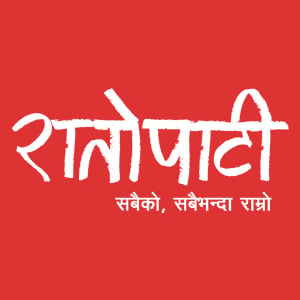


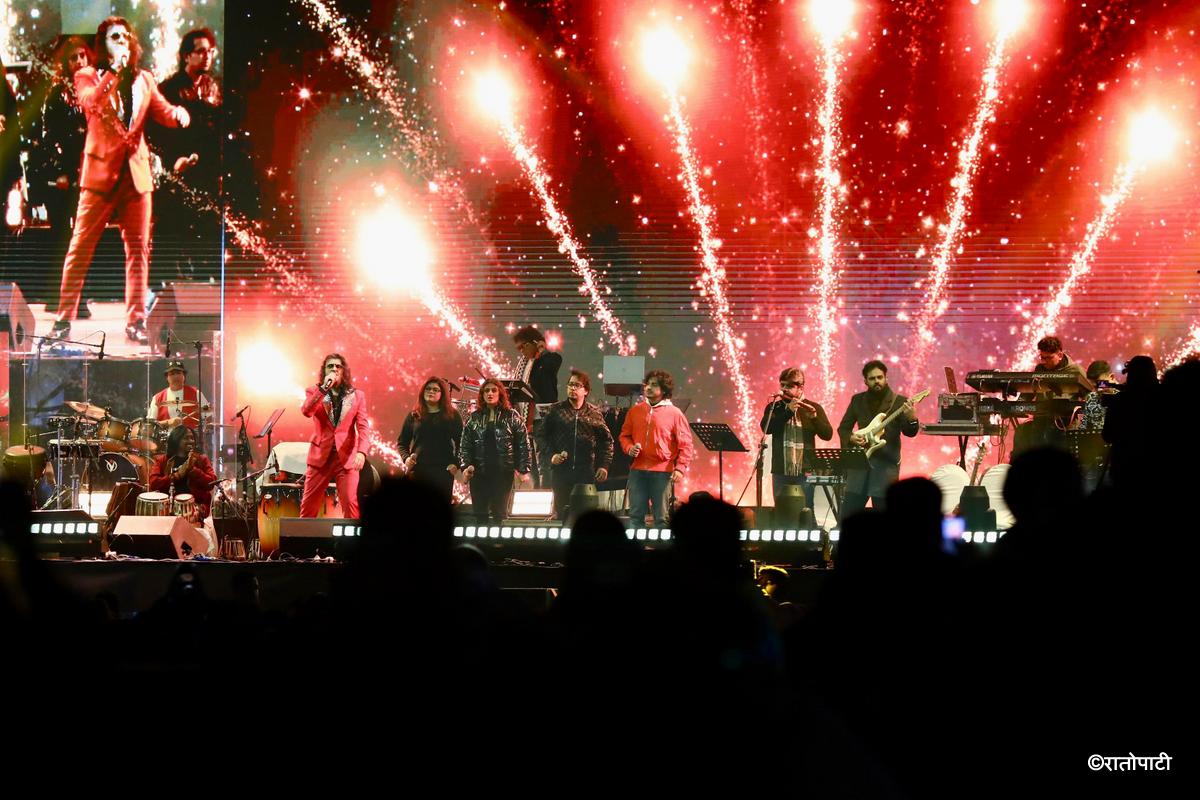
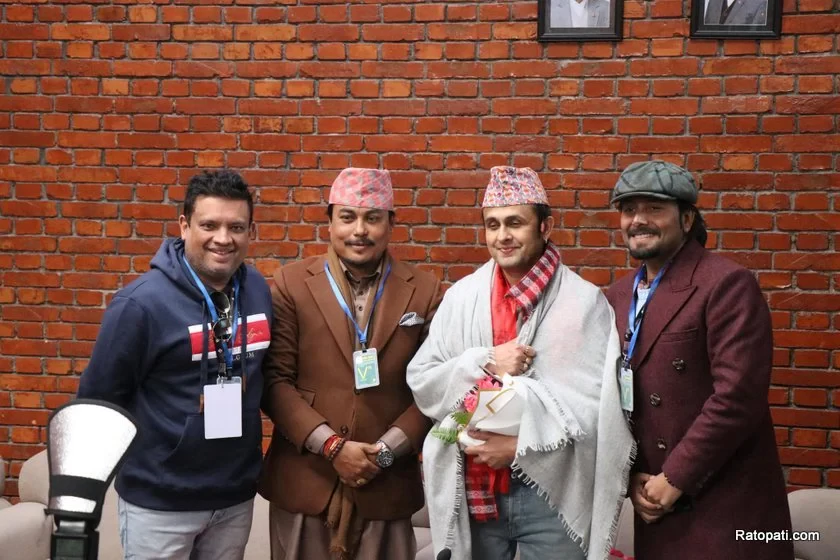
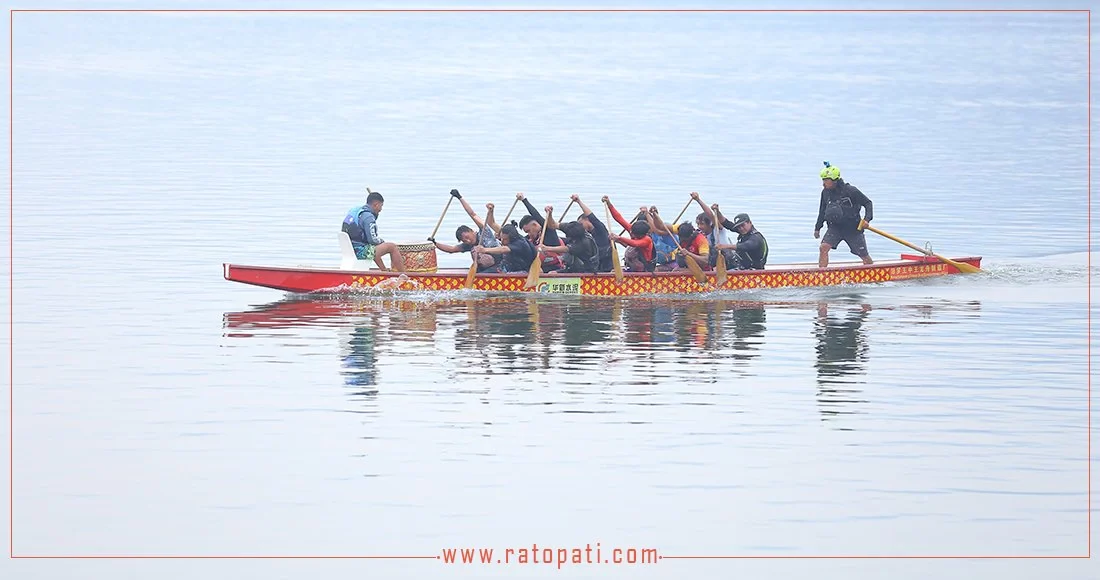
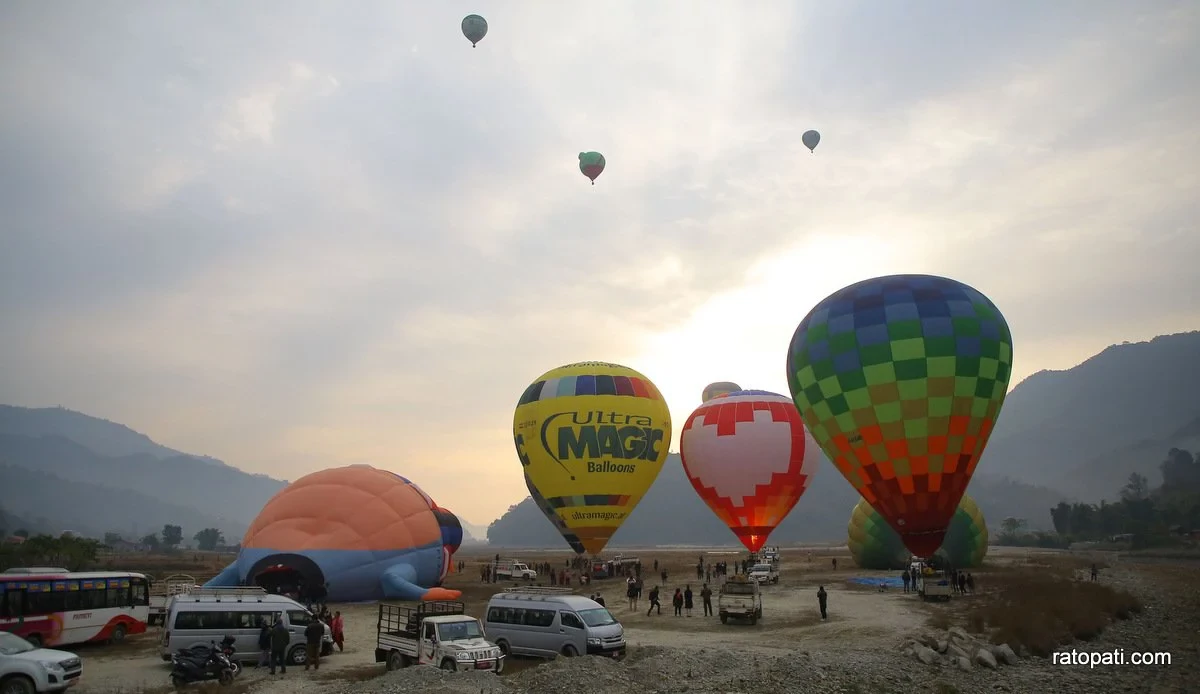


Leave Comment